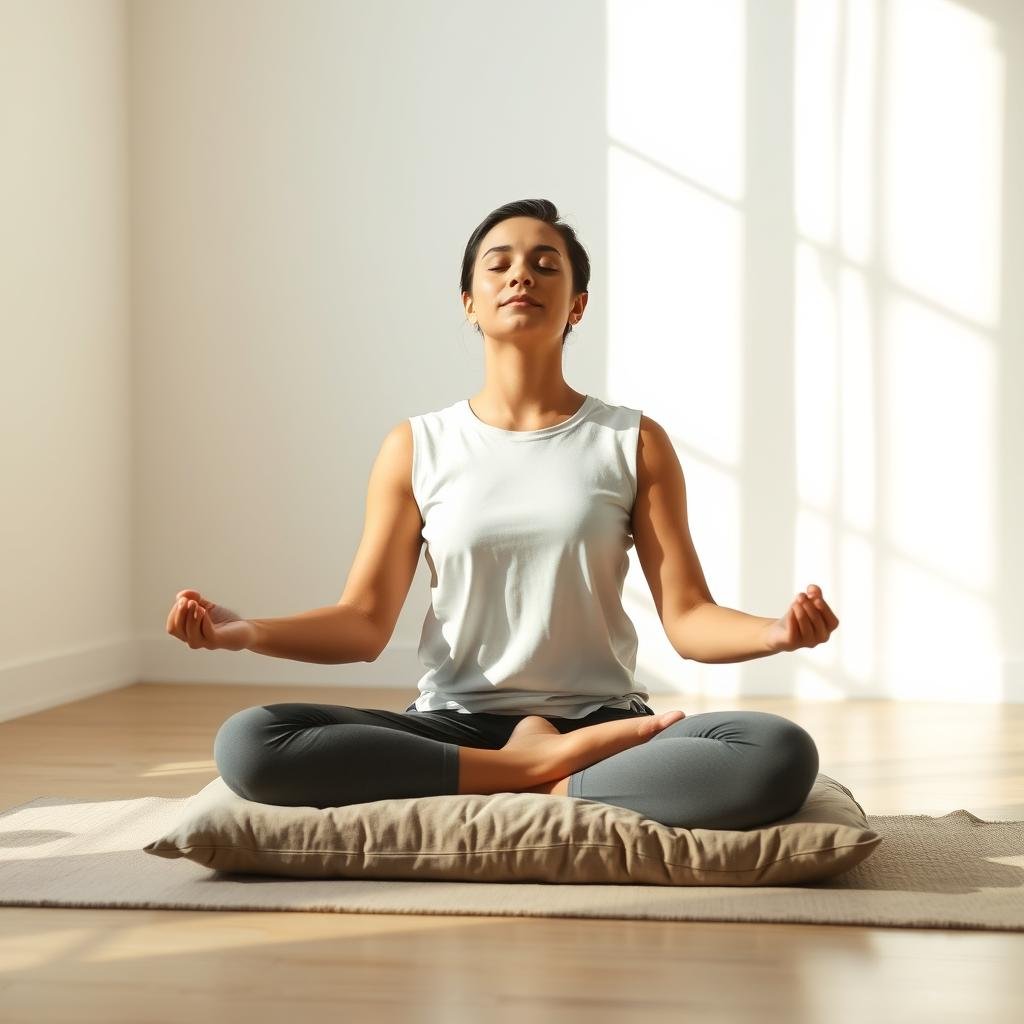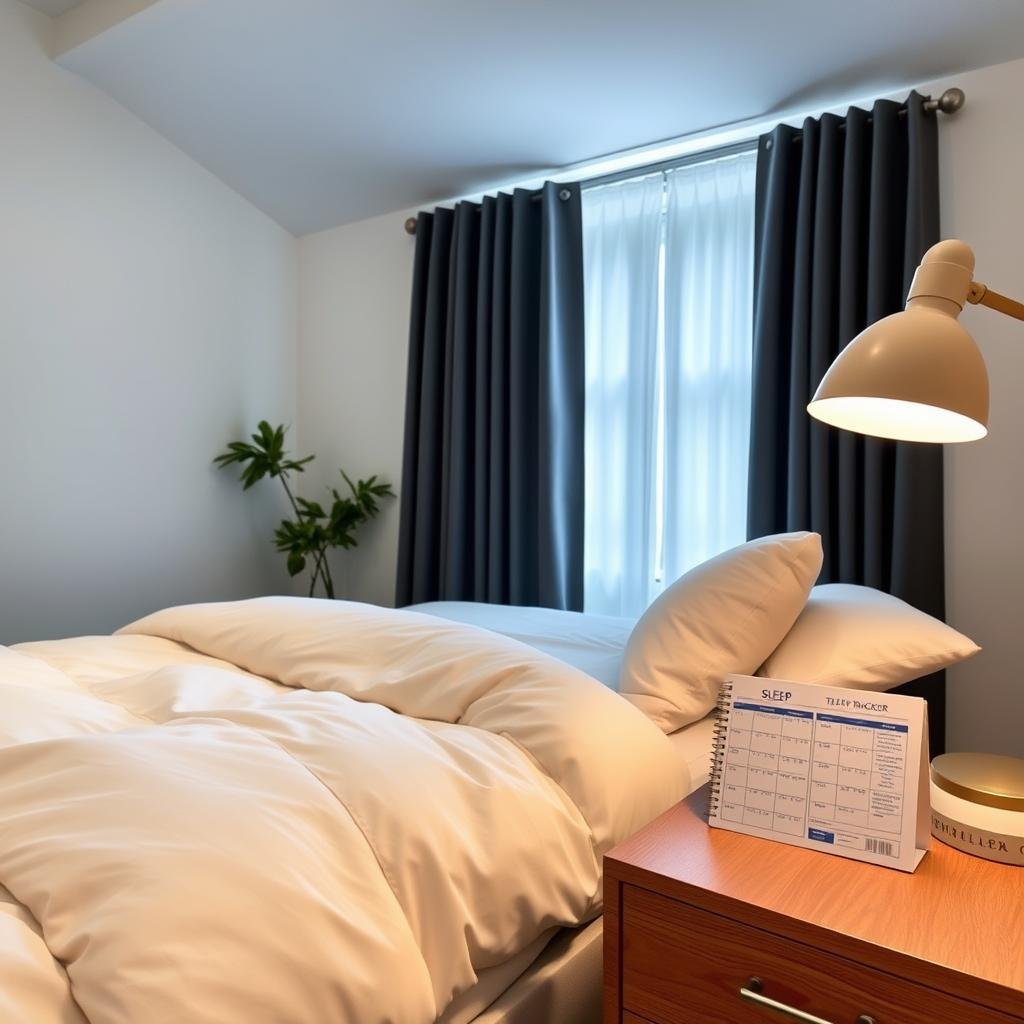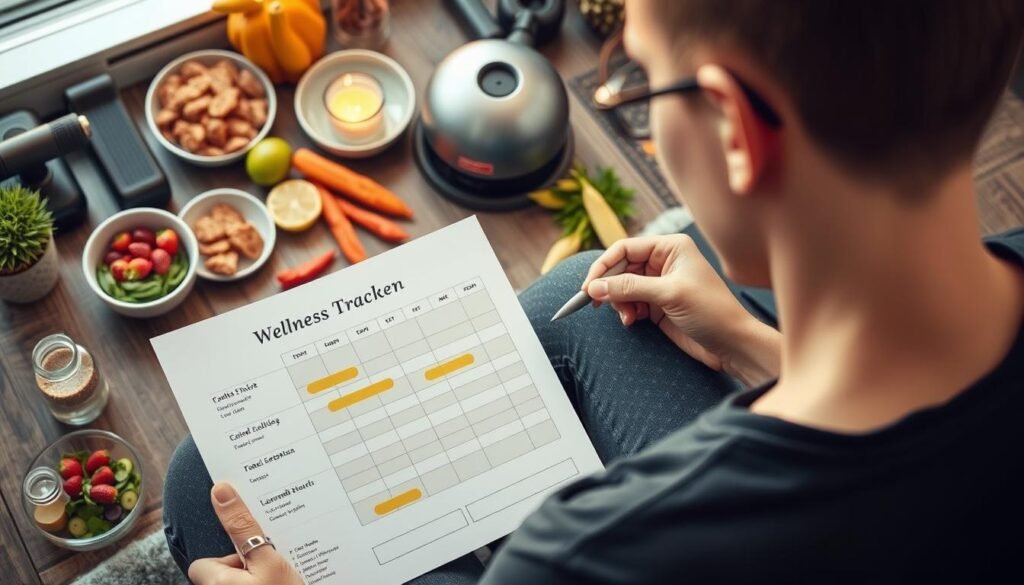In our fast-paced world, maintaining wellness often falls to the bottom of our priority list. Without structure, even our best intentions can fade away. Research shows that people who track their wellness goals are 42% more likely to achieve them, experiencing reduced stress, improved mental clarity, and more consistent healthy habits. The simple act of organizing your wellness journey can transform scattered efforts into meaningful progress.
This guide provides a comprehensive system to organize your wellness goals using our free tracker. You’ll learn how to structure your objectives across five key wellness areas, implement a practical 7-day plan, and overcome common obstacles that derail progress. Let’s transform your wellness aspirations into achievable reality.
Why Organizing Wellness Goals Matters
Organizing your wellness goals isn’t just about creating another to-do list—it’s about developing a framework that supports lasting change. When your wellness activities are structured, several powerful benefits emerge:
Without organization, wellness efforts often become scattered and inconsistent. The free tracker we’re providing helps bridge the gap between good intentions and actual results by creating a simple, sustainable system for progress.
5 Key Areas for Organizing Your Wellness Goals
A comprehensive wellness plan addresses multiple dimensions of health. Our tracker is designed around these five essential areas that, when balanced, create a foundation for overall wellbeing:

Physical Health
This encompasses exercise, movement, and physical activity goals. Whether you’re aiming for strength, flexibility, endurance, or simply more daily movement, physical wellness forms the foundation of energy for other areas.

Mental Wellbeing
Mental wellness includes stress management, emotional regulation, and cognitive health. Goals might involve meditation, journaling, therapy sessions, or brain-training activities to support psychological balance.

Nutrition
What you eat directly impacts how you feel. Nutrition goals might include increasing vegetable intake, meal planning, hydration targets, or mindful eating practices that nourish your body appropriately.

Sleep
Quality sleep is essential for recovery and overall health. Sleep goals might focus on consistent bedtimes, creating an optimal sleep environment, or practices that improve sleep quality and duration.

Mindfulness
Being present and aware enhances all other wellness areas. Mindfulness goals might include daily meditation, gratitude practices, breathwork, or activities that ground you in the present moment.
Why Track All Five?
These areas are interconnected—progress in one often supports others. By tracking all five dimensions, you create a balanced approach to wellness that addresses your whole being rather than isolated aspects.
Your Free Wellness Goals Tracker
![]()
Our wellness tracker is designed to be both comprehensive and simple to use. It provides structure without overwhelming you with too many metrics to track. Here’s what makes this tracker effective:
Your Free Wellness Goals Tracker
| Goal Type | Weekly Targets | Progress Notes | Motivation Tips |
| Physical Health | 4 workouts | [User input] | “Celebrate small wins!” |
| Mental Wellbeing | 10 min daily meditation | [User input] | “Progress over perfection” |
| Nutrition | 5 servings of vegetables daily | [User input] | “One healthy choice at a time” |
| Sleep | 7-8 hours nightly | [User input] | “Consistency builds results” |
| Mindfulness | Daily gratitude practice | [User input] | “Present moment awareness” |
7-Day Implementation Plan Using Your Tracker
The first week with your tracker is crucial for building momentum. Follow this 7-day plan to establish a strong foundation for your wellness journey:
Download and print your tracker or set up the digital version. Complete a 10-minute baseline workout (walk, stretch, or bodyweight exercises) to establish your starting point. Record how you feel afterward in the Progress Notes section.
Try a 5-minute guided meditation using a free app like Insight Timer. Note any resistance or ease you experienced. Set a specific mental wellbeing goal for the week in your tracker.
Track your water intake throughout the day, aiming for 8 glasses. Complete a 10-minute evening stretch routine to release tension. Note how hydration affects your energy levels in the Progress Notes.
Pay attention to hunger and fullness cues during meals. Try eating one meal without distractions (no phone or TV). Record observations about your eating patterns in your tracker.
Assess your bedroom for sleep quality factors (temperature, light, noise). Implement one improvement tonight. Note your sleep quality in the morning and any differences you notice.
Set three 2-minute mindfulness breaks throughout your day (simply pause and focus on your breathing). Record how these moments affected your stress levels and focus.
Review your first week’s notes across all five areas. Identify one success and one challenge. Set specific, achievable targets for each category in the coming week based on what you’ve learned.
Pro Tip: The power of this system comes from consistency, not perfection. If you miss a day, simply resume the next day without judgment. The tracker is designed to be flexible while maintaining accountability.
Troubleshooting Common Obstacles

Even with the best tracker and intentions, obstacles will arise. Here’s how to overcome the most common challenges:
Time Management Struggles
Challenge: “I don’t have time to track everything.”
Solution: Start by tracking just one area that matters most to you. Spend only 2 minutes at the end of each day updating your tracker. As this becomes habit, gradually add other wellness dimensions. Remember that tracking actually saves time by making your wellness efforts more efficient.
Motivation Slumps
Challenge: “I started strong but lost interest after a few days.”
Solution: Build in immediate rewards for tracking. Place a checkmark or sticker on each day you complete your tracker. Create a small reward for a full week of tracking (like a favorite activity or treat). Connect with an accountability partner who is also using the tracker.
Perfectionism Paralysis
Challenge: “I missed a day, so I gave up completely.”
Solution: Adopt the “never miss twice” rule. If you miss one day, simply resume the next day. Your tracker includes a “Progress Notes” section specifically to document challenges and learning experiences. Use it to reflect rather than judge yourself.
Unclear Goals
Challenge: “I’m not sure what specific goals to set in each area.”
Solution: Start with the sample goals provided in the tracker. After a week, evaluate which ones felt meaningful and adjust accordingly. Remember that goals should be specific, measurable, and meaningful to you personally—not based on external standards.
Tracking Fatigue
Challenge: “Tracking feels like another chore on my list.”
Solution: Pair tracking with something you already enjoy—perhaps while sipping your morning coffee or evening tea. Keep your tracker visible where you’ll naturally see it daily. Consider setting a pleasant alarm reminder with an inspiring label like “Wellness Check-In.”
Customizing Your Tracker for Personal Needs
![]()
While our tracker provides a solid foundation, personalizing it to your specific needs will significantly increase its effectiveness. Here are ways to make the tracker truly yours:
Adjusting Goal Categories
Feel free to modify the five main categories to better reflect your priorities. For example, you might:
Setting Realistic Targets
The sample weekly targets are starting points. Adjust them based on:
Visual Customization
Make your tracker visually motivating:
Tracking Frequency
Adjust how often you update your tracker:
“The best tracker is the one you’ll actually use consistently. Customize it until it feels like a helpful tool rather than an obligation.”
Integrating Your Tracker with Digital Tools
![]()
While our printable tracker provides an excellent foundation, you may want to enhance your wellness organization with digital tools. Here’s how to create a hybrid system that leverages both approaches:
Free Apps That Complement Your Tracker
Digital Versions of Your Tracker
Convert your printable tracker to digital format:
Reminders & Notifications
Set up a digital support system:
Digital Integration Tip: The key is finding the right balance between analog and digital tools. Many people find that physically writing goals and progress creates stronger mental commitment, while digital tools excel at reminders and data analysis. Experiment to find your ideal combination.
Transform Your Wellness Journey with Organized Tracking

Organizing your wellness goals isn’t just about creating another to-do list—it’s about developing a framework that supports lasting positive change. With our free wellness tracker, you now have a powerful tool to transform scattered wellness efforts into a cohesive, effective system.
Remember that the true value comes from consistency rather than perfection. Each day you track your progress is a step toward greater self-awareness and improved wellbeing. The insights you gain will help you refine your approach over time, creating a personalized wellness practice that truly works for your unique needs and lifestyle.
As you implement your tracker using our 7-day plan, be patient with yourself through the inevitable challenges. The troubleshooting strategies we’ve provided will help you navigate obstacles while maintaining momentum. Your wellness journey is a marathon, not a sprint—and having an organized approach makes the path much clearer.

